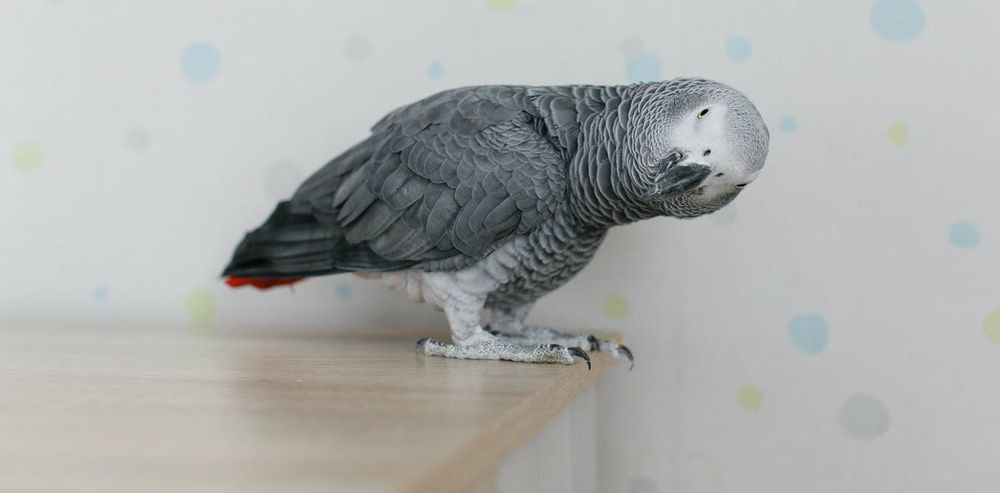Innovative vaccine uses another virus to present two genes from the novel coronavirus.
A duo of preclinical studies recently demonstrated a new way to ferry medicines past the blood-brain barrier. And other research is on the way.
Discovery Sheds New Light on Famous Einstein Ring
Social distance science made possible with public W. M. Keck Observatory and NASA archive data.
Determined to find a needle in a cosmic haystack, a pair of astronomers time traveled through archives of old data from W. M. Keck Observatory on Mauankea in Hawaii and old X-ray data from NASA’s Chandra X-ray Observatory to unlock a mystery surrounding a bright, lensed, heavily obscured quasar.
The thermoelectric generator harnesses the flow of heat between two surfaces — one exposed to the cold sky at night. It could be the nocturnal cousin of solar power, lighting the lives of the 1.7 billion people worldwide living with an unreliable electricity connection.
If a drop of creamer falls from a spoon into a swirling cup of coffee, the whirlpool drags the drop into rotation. But what would happen if the coffee had no friction—no way to pull the drop into a synchronized spin?
A new UC San Francisco study has pinpointed a specific pattern of brain waves that underlies the ability to let go of old, irrelevant learned associations to make way for new updates. The research is the first to directly show that a particular behavior can be dependent on the precise synchronization of high-frequency brain waves in different parts of the brain, and might open a path for developing interventions for certain psychiatric disorders, including schizophrenia.
Some people look at an equation and see a bunch of numbers and symbols; others see beauty. Thanks to a new tool created at Carnegie Mellon University, anyone can now translate the abstractions of mathematics into beautiful and instructive illustrations.
Researchers at the Kastler Brossel Laboratory in Paris have succeeded in implementing a novel “hybrid” entanglement swapping protocol, bringing within reach the connection of disparate platforms in a future, heterogeneously structured, quantum internet.
It is often thought that humans are different from other animals in some fundamental way that makes us unique, or even more advanced than other species. These claims of human superiority are sometimes used to justify the ways we treat other animals, in the home, the lab or the factory farm.
To distinguish between fundamentally different objects, mathematicians turn to invariants that encode the objects’ essential features.
